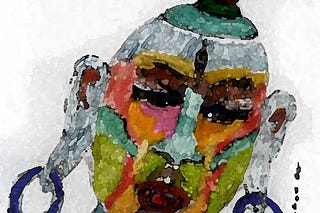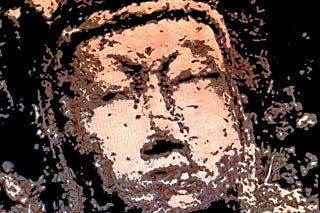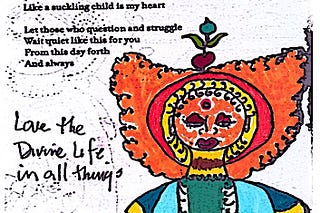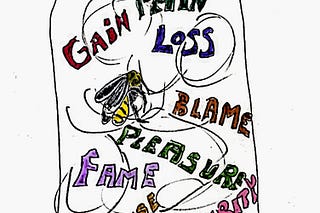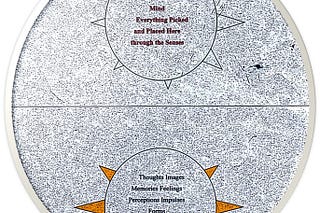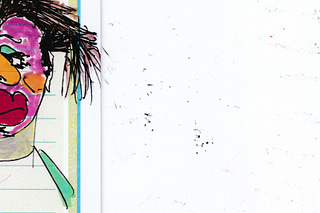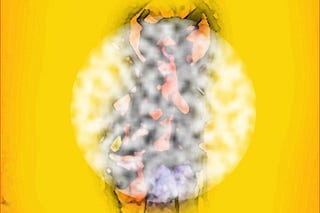What DO We DO with this Situation?

When we are little kids we love applause. We love it. Little kids smile and laugh and even dance around when someone claps their hands together to praise and appreciate them. Even the smallest action of a kid is recognized by adults. It is encouraging. It usually occurs when the kid does something for the first time; finding their mouth with their fingers & toes, laughing aloud, rolling over, sitting up, holding a spoon. The list is long and covers all the movements and milestones of the kid.
It is a warm welcome to the world and the family that is in the world.
Each action taken is a symbol. The symbols represent the progress or delay of the kid. Watching the kid act is measured in a worldly sense. Crying, giggling, smiling are all measures of change. This change points to more and more change. The kid begins to crawl. To grab objects. To hold objects. To suck on the objects. And then at some point in time the kid stands up by pulling themselves up. The changes continue – on and on.
What do all these symbols of change mean? How do we understand all these symbols that appear and change over and over again?
These actions over time create a form that is a symbol that appears different with each change. The form itself is a changing symbol in time. We study the form that is changing much like a watch-maker creates a watch that keeps time.
The image below is a watch made of 823 parts created for Marie Antoinette, A Queen of France. It is called, The ‘Marie Antoinette’ perpetuelle, by Breguet, No. 160, Paris, 1783-1820 © The Museum for Islamic Art, Jerusalem.
It is a masterpiece of creation. The watch, like the toddler, symbolizes and expresses change which occurs over time. TIME is an instrument of measurement whether it be seconds, minutes, hours or moments. Change signifies difference; the Toddler changes as the she/he learned to crawl or stand over time.

Each part of the symbol is studied in terms of intricate function. Measurement of change and not the change itself. In the case of the Toddler, the changes in the Toddler occur over time.
The hardship of time for the Toddler occurs when changes in the Toddler do not occur or are delayed over time. Both change and time play a part in development. Time measures the modifications according to a standard of time, e.g., walking, talking, grasping.
The connection and signs of change over a period of time for the Toddler is in itself a symbol of change over time in the body-mind symbol above.
The question, for each one of us, is to ask ourselves how much do we study our symbol, known as mind & body? The focus of this study of function is on the symbol mind; the mental formations that appear to be a constant stream of concepts and thoughts.
It is very much like the kid and the exquisite time piece. The kid exemplifies the constancy of change, which appears immediately. The time piece symbolizes the mind & body need for constant settings. The settings determine how well the symbol works.
We think we are more sophisicated than the workings of a time piece. When, however, we tally 823 tiny, intricate parts put together in a small golden case we begin to recognize our mind is similarly put together by experiences in intricate moments of being a human being.
No doubt the timepiece and the kid need constant tending just as does our mind & body. The one caveat of the human symbol of body & mind is that the human body & mind are not held captive as a timepiece under lock & key or a kid under the thumb of caregivers.
What we do is to stop the myriad concepts popping up in the mind. The sympol of a silent, empty mind is there but it is swamped by the world and not by the spirit.
We change when we STOP the mind formations and accept what comes into our life as our life. It requires a willingness to let go of our desire to get, to have, to keep.
See for yourself.

www.asinglethread.net ————- www.zatma.org
